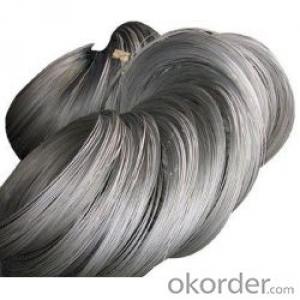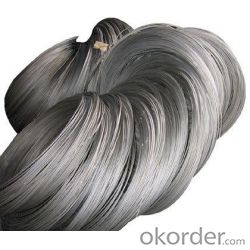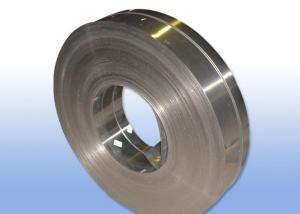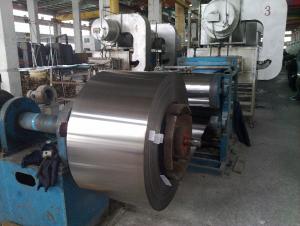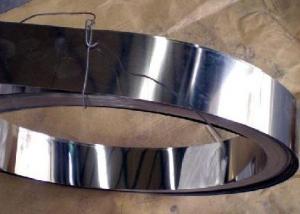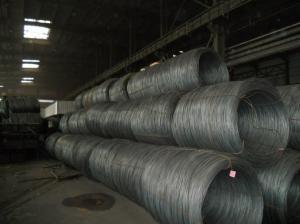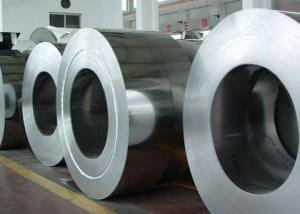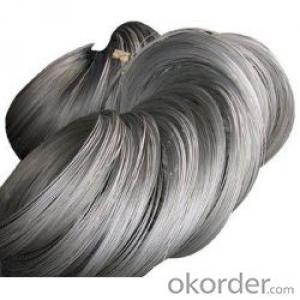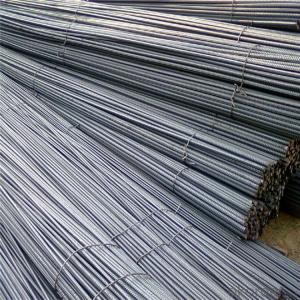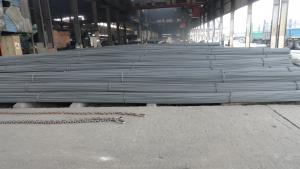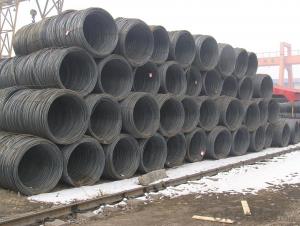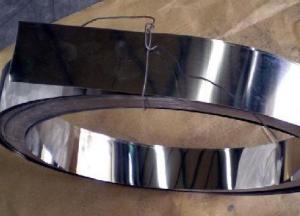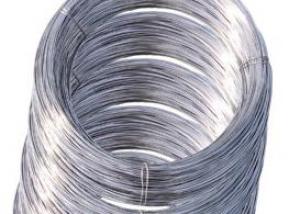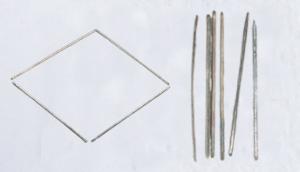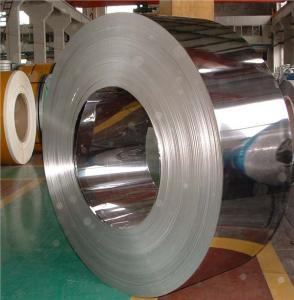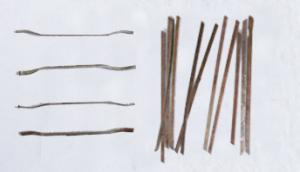Hot Rolled Reinforcing Steel Bar in Coil
- Loading Port:
- Tianjin
- Payment Terms:
- TT OR LC
- Min Order Qty:
- 100 m.t.
- Supply Capability:
- 5000 m.t./month
OKorder Service Pledge
OKorder Financial Service
You Might Also Like
Hot Rolled Reinforcing Steel Bar in Coil
Main Structure of Reinforcing Steel Bar in Coil
Standard: AISI, ASTM, BS, DIN, GB, JIS, ASTM
Grade: HRB400
Diameter: 6mm-15mm
Length: in coil
Type: steel rod price
Size: 6.5mm-10mm
Technique: hot rolled
Packing: in coil
Chemical Composition: C, Si, Mn, P, S, (B)(Cr)
Shape: round
Secondary Or Not: Non-secondary
Quality: prime quality
Main Features of Reinforcing Steel Bar in Coil
Type | Deformed Steel Bar/ Hot Rolled Ribbed Bar/ Steel Rebar |
Standard grade | GB ( HRB 400/ HRB500) BS4449-1997(460B) BS4449-2005(B500B) KS SD400/500
ASTM A 615 (GR40/GR60) |
Shape | Ribbed bars |
Quality | Prime quality |
Technique | Hot rolled |
Size of diameter | 5.5-40mm, as requested |
Length | 6~12m, as requested |
Delivery time | 10-30 days, according to the quantity |
Note | Customized service is available (for diameter, length and chemical components etc.). |
Our Services
1. Offer customers 24/7 service, whenever you need us, we are always here for you.
2. Immediate response. Your any inquiry will be replied within 24 hours.
3. Support small order quantity. For the first time cooperation customers, we can send you less quantity for trial order.
4. Support third party inspection company to inspect and check quality and quantity before delivery.
FAQ:
Q:How about your quality?
A:Quality is our culture, our products has to be checked with engineer, QC and sales, customer together, The products’ qualified rate need to be over 95%.
Picture:

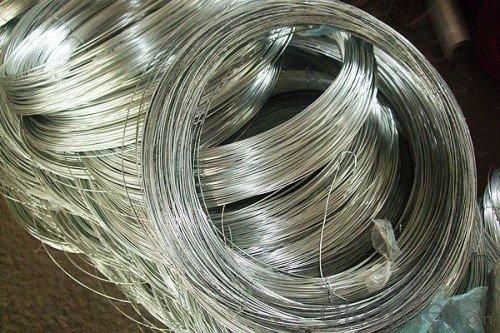
.
- Q: Can stainless steel wire springs be used for automotive applications?
- Yes, stainless steel wire springs can be used for automotive applications. Stainless steel is known for its corrosion resistance and durability, making it suitable for various automotive components, including suspension systems, seat mechanisms, and engine valves.
- Q: Is stainless steel wire safe for food applications?
- Yes, stainless steel wire is generally considered safe for food applications. Stainless steel is known for its durability, corrosion resistance, and easy cleaning properties, making it a popular choice for various food-related uses. It is commonly used in food processing equipment, such as sieves, baskets, and trays, as well as in food preparation tools like whisks and spatulas. Stainless steel is non-reactive and does not leach any harmful chemicals into food, ensuring its safety for direct contact with ingredients. Additionally, stainless steel is resistant to bacteria growth, making it a hygienic choice for food handling and storage. However, it is important to note that not all stainless steel alloys are suitable for food contact, so it is essential to choose food-grade stainless steel that complies with relevant industry standards and regulations.
- Q: What are the different types of stainless steel wire rope pulleys?
- There are several types of stainless steel wire rope pulleys, including snatch pulleys, single sheave pulleys, double sheave pulleys, and swivel pulleys. Each type is designed to suit specific applications and requirements.
- Q: What are the different types of stainless steel wire surface finishes?
- Different types of surface finishes are available for stainless steel wire, each with its own unique characteristics and advantages. Some of the most commonly used finishes are as follows: 1. Achieving a highly reflective and smooth surface, the Bright Annealed (BA) Finish involves annealing the stainless steel wire in a controlled atmosphere. It is frequently utilized for decorative purposes, where a shiny and visually appealing look is desired. 2. Known as a hot-rolled annealed and pickled (HRAP) finish, the No. 1 Finish is obtained through hot rolling, followed by annealing and pickling. It exhibits a dull and rough appearance, often preferred for industrial applications where aesthetics are not a primary concern. 3. For a smooth and even appearance, the No. 2B Finish is attained by cold rolling the wire, followed by annealing and descaling. It displays a moderately reflective surface and finds common usage in applications such as kitchen appliances and architectural components. 4. The No. 4 Finish is achieved by progressively polishing the wire with finer abrasives until a uniform and smooth surface is obtained. It presents a brushed appearance and is commonly employed in applications where both aesthetics and functionality hold importance, such as elevator doors and decorative elements. 5. Referred to as a mirror or reflective finish, the No. 8 Mirror Finish involves further polishing the wire to achieve a highly reflective and mirror-like surface. It is often utilized in decorative applications, where a high-end and luxurious appearance is desired. 6. The Electro-Polished (EP) Finish entails subjecting the wire to an electrochemical process that eliminates surface imperfections and enhances corrosion resistance. This process produces a smooth and bright surface finish, making it a popular choice in industries where hygiene and cleanliness are critical, such as pharmaceutical and food processing. It should be noted that the choice of the appropriate surface finish depends on several factors, including the intended application, desired appearance, and specific requirements of the wire.
- Q: What are the different types of stainless steel wire ropes used in elevator applications?
- There are primarily two types of stainless steel wire ropes commonly used in elevator applications: 1X19 construction and 7X19 construction. The 1X19 construction consists of a single strand with 19 wires tightly packed together, providing high strength and minimal flexibility. On the other hand, the 7X19 construction consists of seven strands, each made up of 19 wires, providing a balance between strength and flexibility. Both types of stainless steel wire ropes are durable, resistant to corrosion, and suitable for elevator applications.
- Q: What are the different wire surface defects to look for in stainless steel wire?
- Some common wire surface defects to look for in stainless steel wire include scratches, pits, cracks, rust spots, and uneven or rough surfaces.
- Q: The difference between brushed stainless steel and mirror stainless steel
- The surface is Matt, and carefully look at the above there is a trace of texture, but can not touch it. Drawing process will to some extent lose the thickness of stainless steel plate, usually at 0.1~0.2mm.
- Q: Is stainless steel wire resistant to bending?
- Yes, stainless steel wire is generally resistant to bending due to its high tensile strength and elasticity, which allows it to retain its shape even under considerable pressure or force.
- Q: How does stainless steel wire perform in high-pressure applications?
- Stainless steel wire is known for its exceptional strength, durability, and corrosion resistance properties, making it an excellent choice for high-pressure applications. When subjected to high-pressure environments, stainless steel wire maintains its structural integrity and does not deform or break easily. The high tensile strength of stainless steel wire allows it to withstand the immense pressure exerted on it without warping or yielding. This is particularly beneficial in industries such as oil and gas, chemical processing, and aerospace, where high-pressure systems are prevalent. Stainless steel wire can handle the pressure without compromising the overall performance and safety of the applications. Moreover, stainless steel wire possesses excellent resistance to corrosion, even in high-pressure environments. This corrosion resistance is due to the presence of chromium in the stainless steel alloy, which forms a passive oxide layer on the surface, protecting it from rust and other forms of degradation. This resistance to corrosion is crucial in high-pressure applications, as it ensures the wire remains intact and reliable for an extended period. Additionally, stainless steel wire is highly ductile, meaning it can be easily formed and shaped without losing its strength. This characteristic allows for customization and adaptability in various high-pressure applications, including piping systems, hydraulic hoses, and pressure vessels. In summary, stainless steel wire performs exceptionally well in high-pressure applications due to its high tensile strength, corrosion resistance, and ductility. Its ability to withstand extreme pressure while maintaining structural integrity ensures reliability and safety in critical industries.
- Q: What are the different types of stainless steel wire fences?
- There exist a variety of stainless steel wire fences, each possessing distinctive attributes and serving specific purposes. Here are a few commonly encountered types: 1. Woven Wire Fences: These fences are assembled through the interweaving of stainless steel wires in a crisscross manner. They are frequently utilized for agricultural applications, such as containing livestock or safeguarding crops from wildlife. Woven wire fences are available in diverse mesh sizes and wire gauges to accommodate varying requirements. 2. Welded Wire Fences: The construction of these fences involves the welding of stainless steel wires at their intersecting points, resulting in a robust and enduring structure. They are commonly employed for residential and commercial purposes, such as securing properties or establishing enclosures for pets. Welded wire fences can be tailored to specific needs by employing different wire diameters and mesh sizes. 3. Chain Link Fences: Although not entirely composed of stainless steel, chain link fences incorporate stainless steel wires woven into a diamond-shaped mesh. They are versatile and widely used in both residential and commercial settings. Chain link fences strike a balance between security and visibility, making them suitable for diverse applications, including boundary demarcation, sports fields, and industrial enclosures. 4. Electric Fences: These fences employ electrified stainless steel wires to deter animals or intruders from crossing the boundary. Electric fences find common use in agricultural and livestock environments for containing animals, as well as in security applications for fortifying perimeter defenses. 5. Barbed Wire Fences: Barbed wire fences consist of stainless steel wires punctuated by sharp barbs at intervals along their length. Primarily adopted for security purposes, they are typically seen in rural areas or industrial sites. Barbed wire fences function as a potent deterrent, effectively preventing unauthorized access and ensuring perimeter protection. It should be emphasized that stainless steel wire fences exhibit exceptional resistance to corrosion and are renowned for their durability. They offer immense versatility, allowing for diverse designs and configurations to cater to distinct needs in different environments.
Send your message to us
Hot Rolled Reinforcing Steel Bar in Coil
- Loading Port:
- Tianjin
- Payment Terms:
- TT OR LC
- Min Order Qty:
- 100 m.t.
- Supply Capability:
- 5000 m.t./month
OKorder Service Pledge
OKorder Financial Service
Similar products
Hot products
Hot Searches
Related keywords

